I've been testing wearables for years, and I've always been fascinated by the mountain of data they collect. Heart rate, blood oxygen, sleep stages—the sensors keep getting better, but here's what caught my attention: Apple just dropped research suggesting that how you move, sleep, and live might be more telling than any biometric reading your watch can take. This isn't just another incremental sensor upgrade—it's a fundamental shift in how we understand health monitoring.
What you need to know:
- New AI model analyzes behavioral patterns from Apple Watch data with 92% accuracy for certain health predictions
- 2.5 billion hours of data from 162,000 participants trained this foundation model
- Behavior beats biometrics in many health predictions, outperforming traditional sensor-only approaches
Why your walking pattern matters more than your pulse
The traditional approach to wearable health monitoring has always been straightforward: measure what the sensors can detect. Heart rate, blood oxygen, skin temperature—if there's a sensor for it, we'll track it. But Apple's new research flips that thinking on its head.
Their Wearable Behavior Model (WBM) focuses on the patterns hiding in plain sight: how many steps you take, how your sleep changes over weeks, shifts in your walking pace. The model analyzes 27 behavioral metrics across four key areas—activity, cardiovascular health, sleep, and mobility—rather than getting lost in the noise of raw sensor data.
Here's what makes this approach genuinely compelling: behavioral data stability enables longer-term trend analysis, reduces false positives from momentary spikes, and builds clinical confidence through consistent patterns. Unlike heart rate readings that can spike from climbing stairs or drinking coffee, your sleep patterns and activity trends reflect deeper, more consistent health signals that unfold over meaningful timeframes. This stability allows clinicians to distinguish between temporary fluctuations and genuine health changes—the difference between a bad night's sleep and a developing sleep disorder.
The research shows this behavioral approach outperformed sensor-only models in 18 out of 47 static health prediction tasks, precisely because it captures the temporal patterns that acute measurements miss.
The AI model that learns from your lifestyle
What sets WBM apart isn't just what it measures, but how it learns—and why that temporal learning approach revolutionizes health detection. Drawing from Apple's Heart and Movement Study, this AI model trained on over 2.5 billion hours of real-world data from 162,000 participants—not lab conditions, but actual daily life.
The model's time-series architecture reveals health patterns invisible to point-in-time measurements. Rather than making snap judgments based on single readings, it identifies health conditions that unfold over days or weeks—conditions like pregnancy, where subtle changes in mobility patterns, sleep quality, and activity levels create a behavioral signature weeks before traditional detection methods catch up. For pregnancy detection specifically, the combined behavioral and biometric approach achieved 92% accuracy, transforming reproductive health monitoring from reactive to proactive.
The model excels at two distinct health categories: static states (like whether you're taking beta blockers, where behavioral patterns adapt to medication effects) and transient conditions (like sleep quality or respiratory infections, where day-to-day variations signal changing health states). This dual capability means the same behavioral data can simultaneously monitor ongoing conditions and detect emerging health changes.
Real-world performance that actually matters
The technical validation reveals results that extend far beyond Apple's controlled studies. When I dig into the research team's analysis across 57 different health-related prediction tasks, the behavioral approach consistently delivered strong performance across diverse applications, but the combination approach tells the real story.
The hybrid model combining behavioral patterns with traditional biometric data achieved the highest accuracy overall—and this points to a crucial insight about why combination approaches work better. Behavioral data captures long-term health trends and lifestyle factors, while biometrics detect acute physiological changes. Together, they create a comprehensive health picture that neither approach achieves alone.
This principle extends across the broader healthcare landscape. Mount Sinai researchers demonstrated that wearables could predict inflammatory bowel disease flares up to seven weeks before symptoms appeared, using heart rate variability and activity patterns. That seven-week prediction window enables proactive care coordination—patients can adjust medications, schedule preventive appointments, and prepare for potential flares rather than reacting to crises.
In cardiovascular care, studies show that AI applications to continuous monitoring data can screen for conditions like atrial fibrillation and heart failure with clinical-grade accuracy. These aren't just impressive statistics—they represent a shift toward community-based health monitoring that catches conditions before they require emergency intervention.
What this means for your next Apple Watch
The leap from technical validation to consumer implementation represents more than just software updates. If Apple integrates WBM into future watchOS versions, we're looking at a fundamental transformation in how our devices understand and communicate health information. Instead of reactive alerts triggered by single readings, imagine proactive insights that recognize your personal health patterns weeks before you consciously notice changes.
Consider the practical implications: your watch could detect the subtle energy and mobility changes that precede seasonal depression, the activity pattern shifts that suggest medication adjustments are needed, or the sleep and movement signatures that indicate developing musculoskeletal issues. These aren't hypothetical scenarios—they're the types of behavioral health patterns that WBM is trained to recognize.
The model's training on Apple's existing health ecosystem means it's already familiar with the behavioral signatures of 18 different health and fitness areas. With Apple Watch available in nearly 200 countries and territories, the potential for population-level health insights becomes transformative for public health monitoring and intervention.
However, this behavioral monitoring capability introduces complex privacy considerations beyond basic data collection. The model requires continuous analysis of your daily patterns, creating detailed behavioral profiles that could reveal sensitive health information. While recent research shows Apple maintains relatively strong privacy protections (scoring among the lowest "high risk" ratings), the healthcare data ecosystem remains vulnerable, with records worth up to $250 each on secondary markets. Apple's differential privacy approach and on-device processing provide significant advantages over competitors who rely on cloud-based behavioral analysis.
The future of health monitoring is already here
What excites me most about this research is its immediate implementability. The Apple Watch on your wrist today already collects the behavioral data that powers these insights. The revolution isn't waiting for breakthrough sensor technology or expensive hardware upgrades—it's in the intelligence to understand what our existing data reveals about our health patterns.
The WBM model represents a maturation of health monitoring technology, moving from reactive measurement to predictive intelligence. Rather than overwhelming users with constant biometric readings, the future lies in AI that understands the subtle patterns in how we live, move, and rest. Clinical studies are already demonstrating that this approach facilitates early detection of cardiovascular conditions and enables personalized care delivery directly in communities, reducing healthcare costs while improving outcomes.
The timeline for widespread adoption faces both technical and regulatory challenges. While the behavioral analysis capabilities exist today, integrating them into consumer devices requires careful validation, FDA approval for health claims, and robust privacy safeguards. But the foundation is already in place—the data, the algorithms, and the device ecosystem that makes population-scale behavioral health monitoring possible.
As someone who's tracked every metric my Apple Watch can measure, I'm genuinely excited about a future where my device doesn't just tell me my heart rate—it understands what my daily patterns reveal about my health trajectory. The question isn't whether this technology will reshape wearable health monitoring, but how quickly Apple and other manufacturers will navigate the regulatory and implementation challenges to make behavioral health intelligence available to the millions of people already wearing these devices every day.




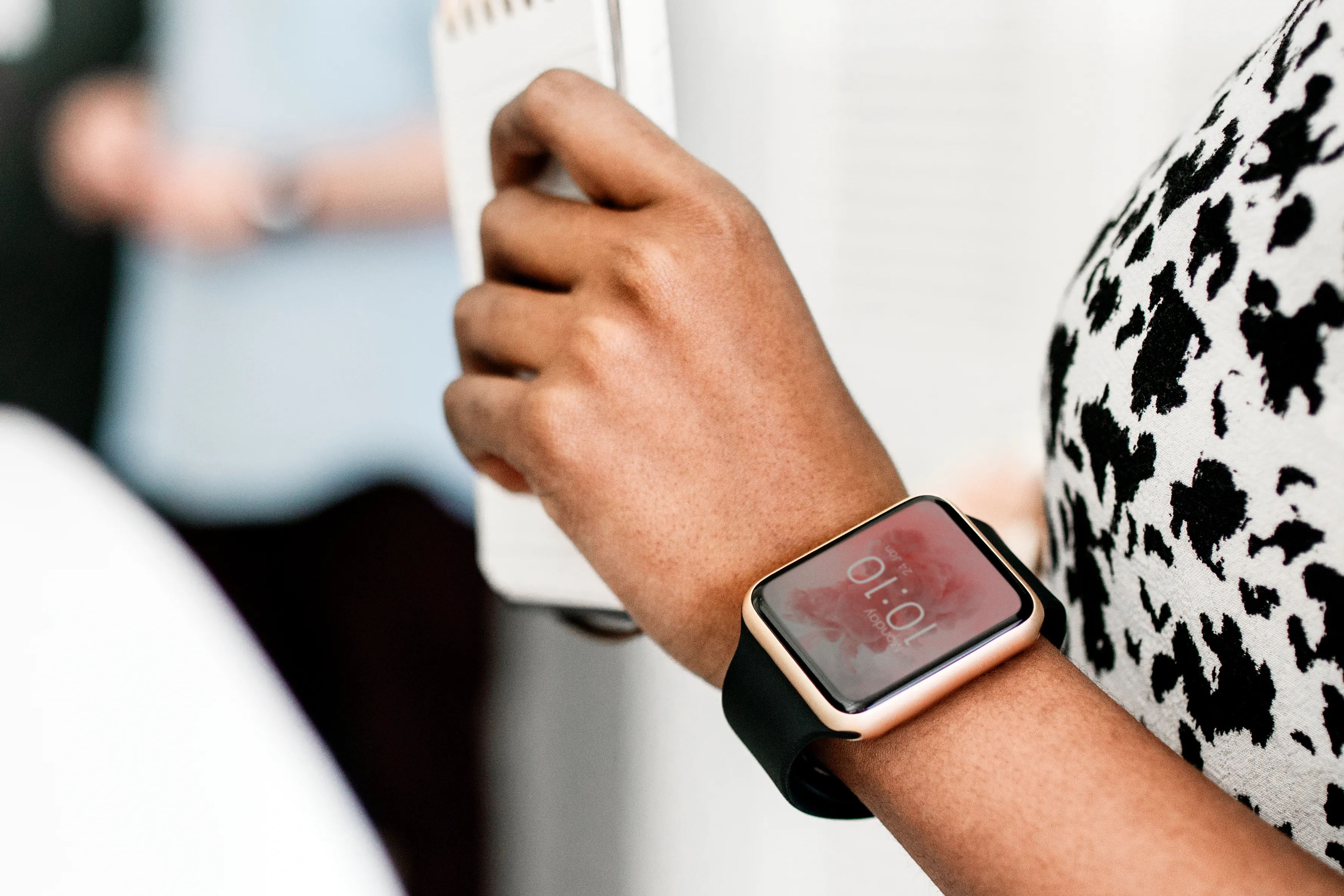
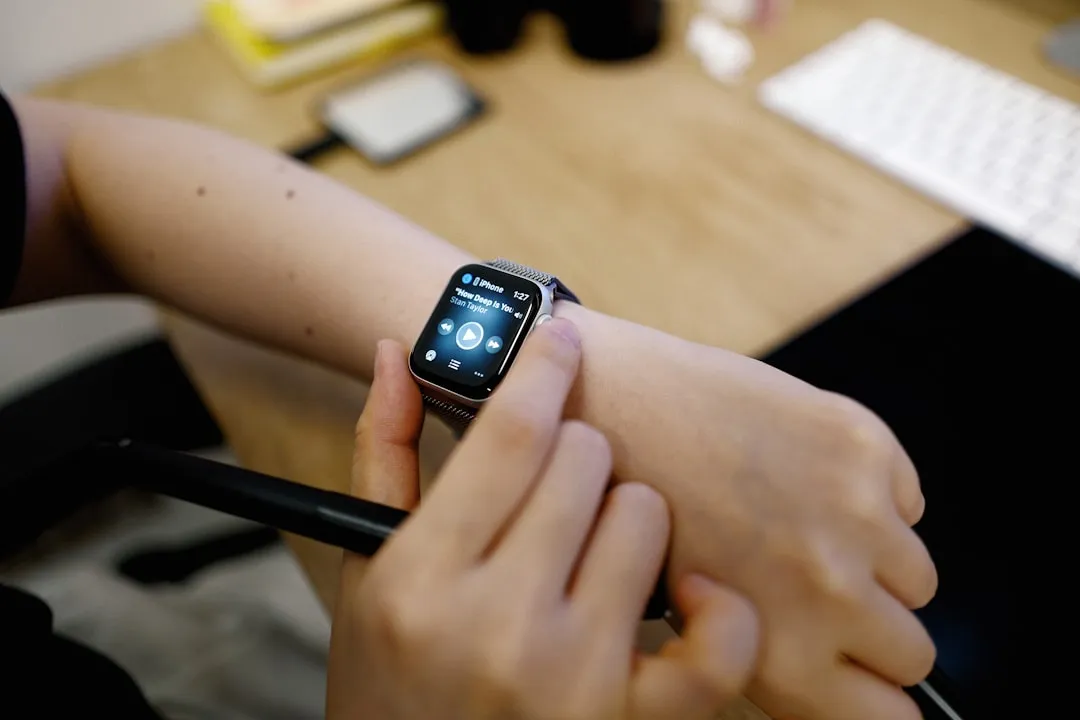
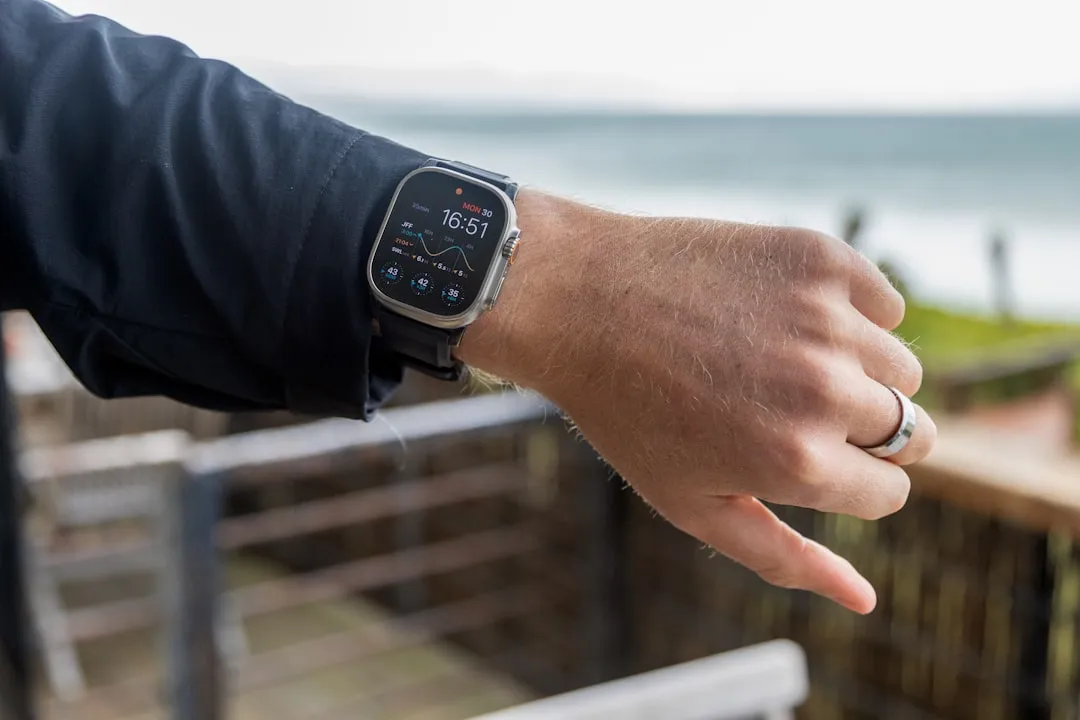
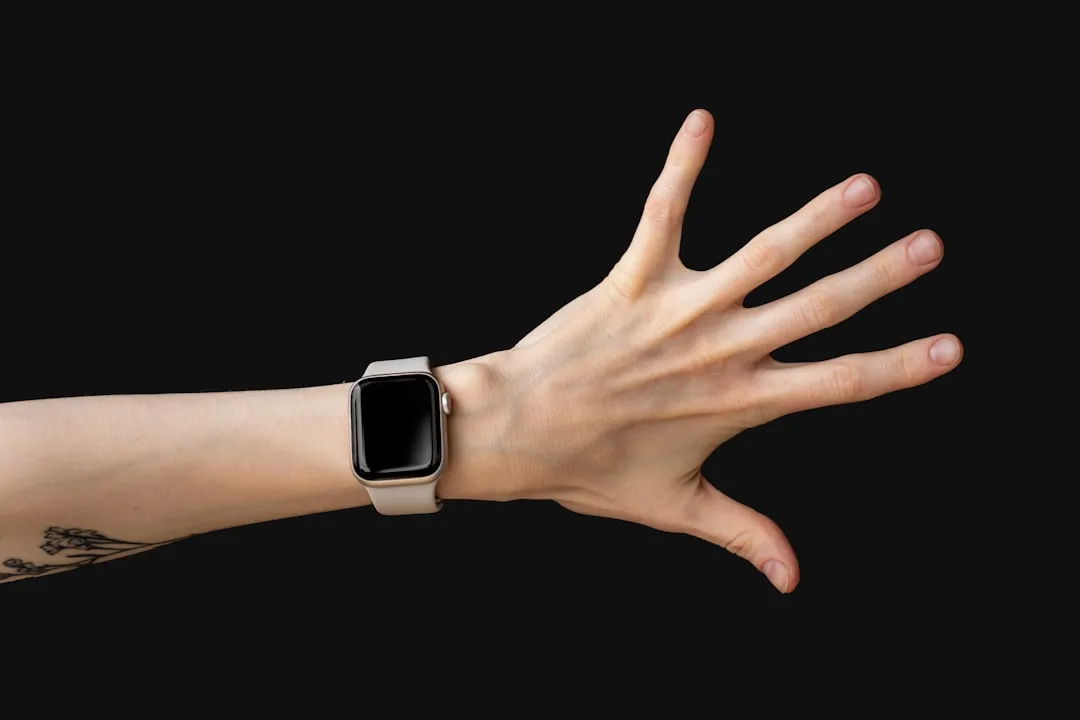
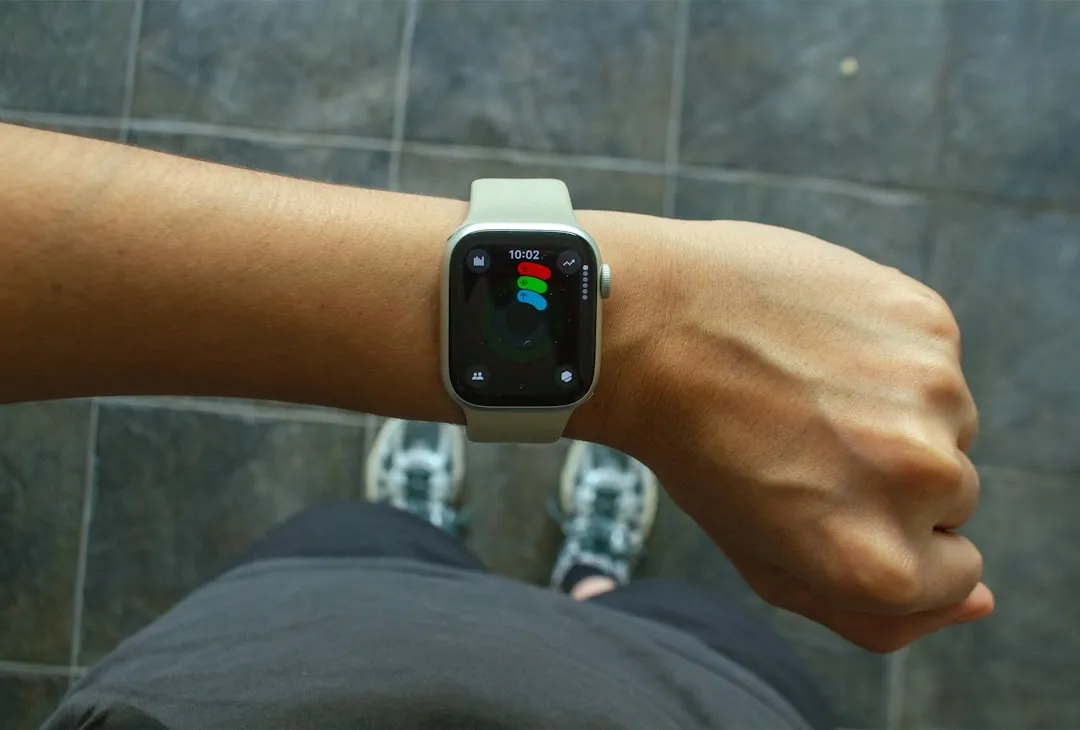
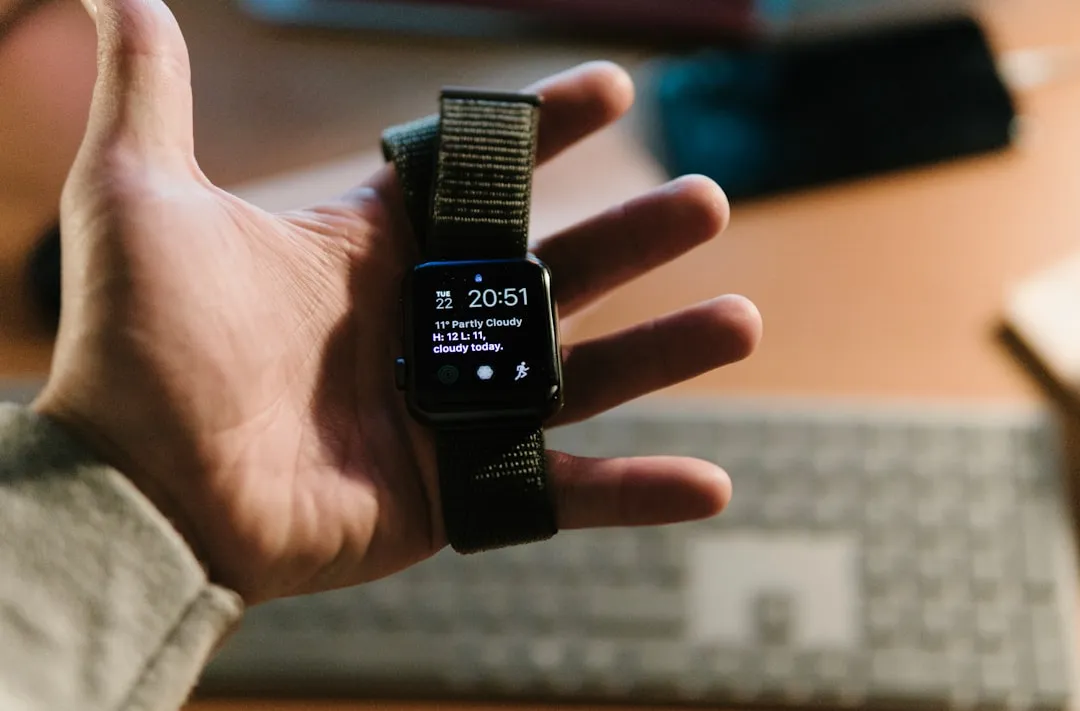
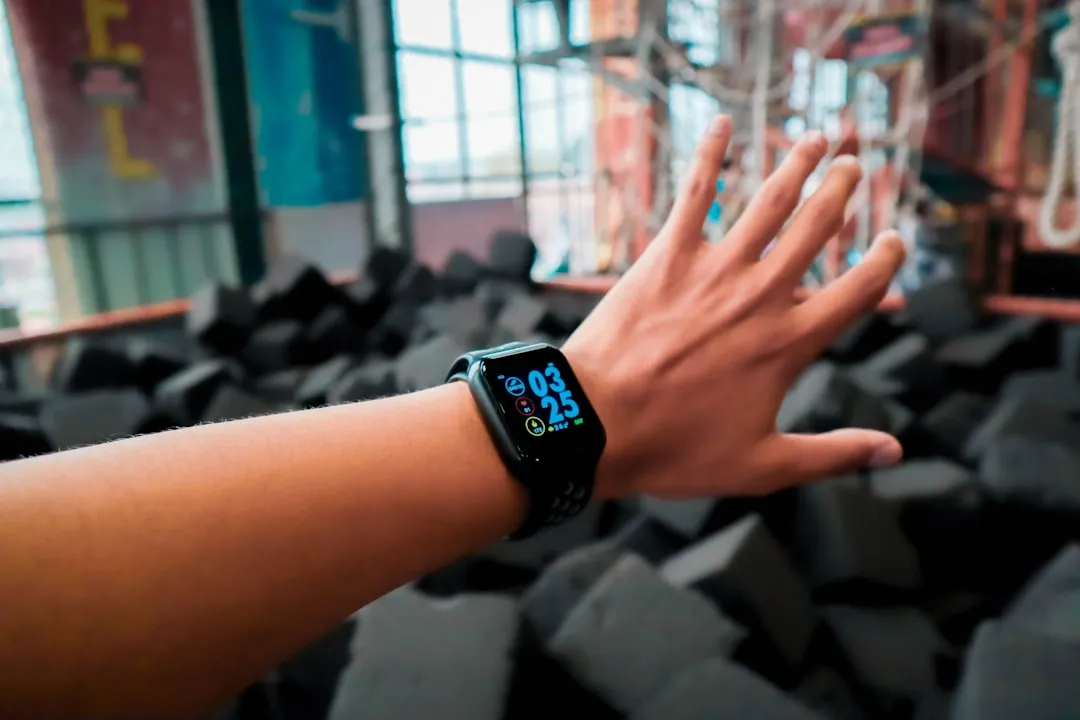
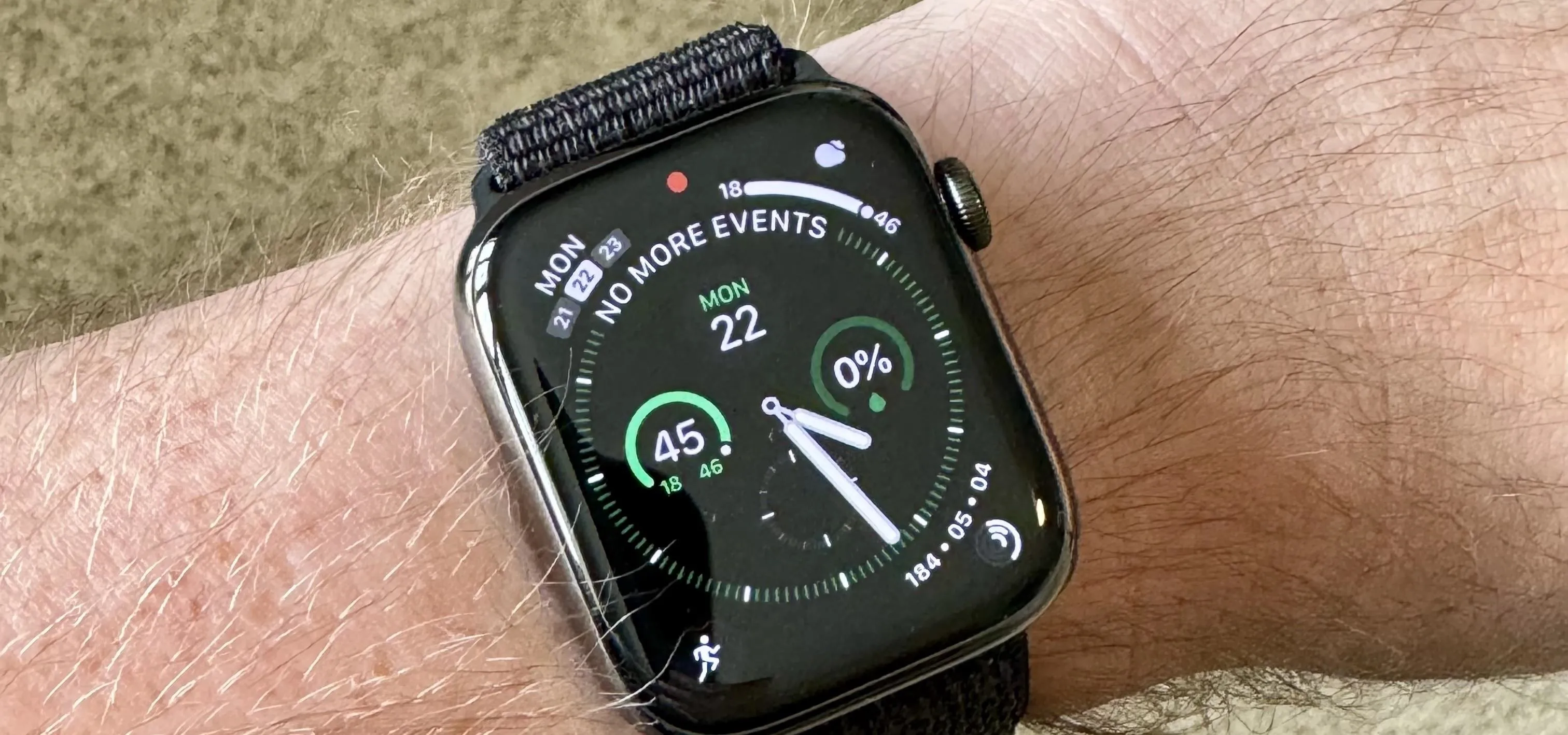
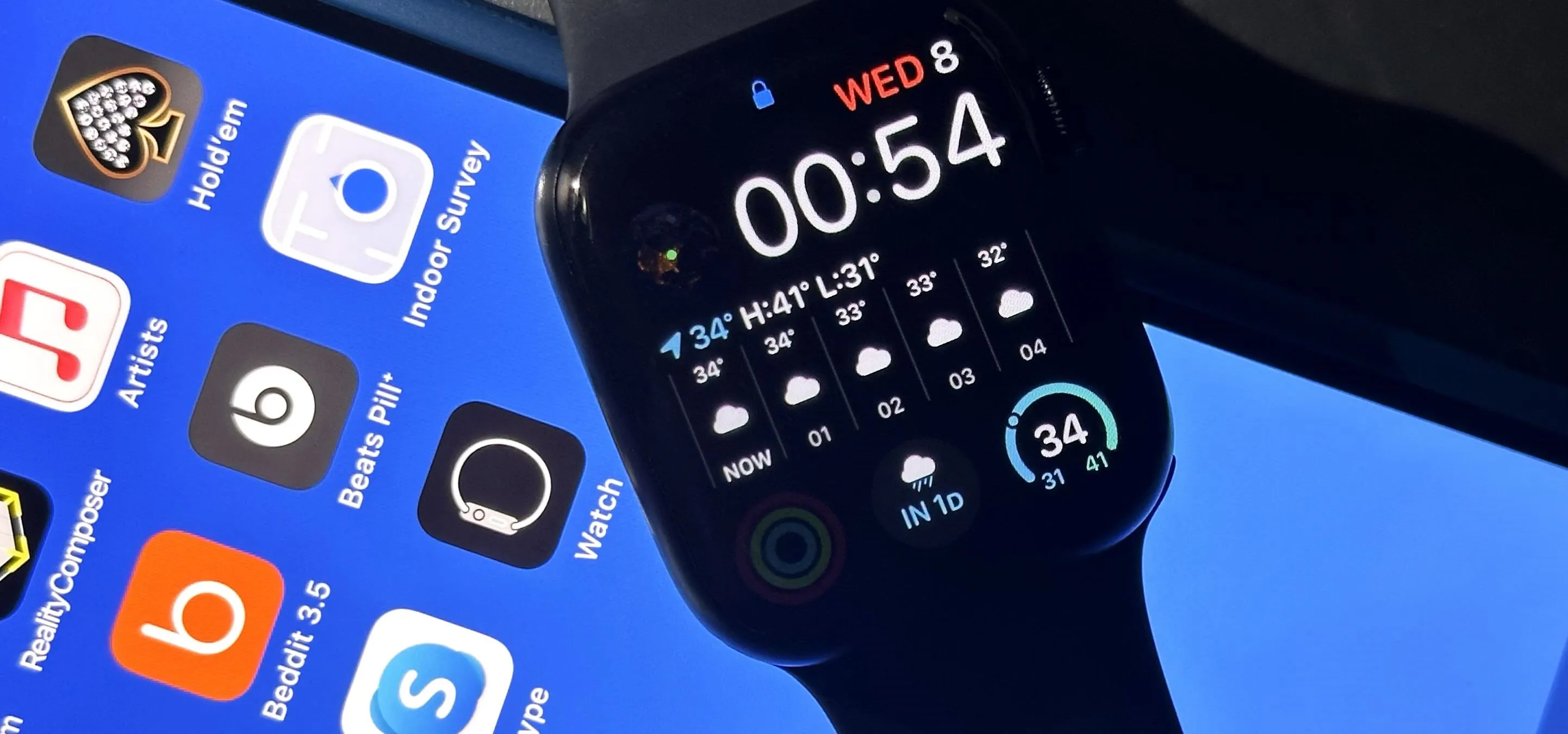
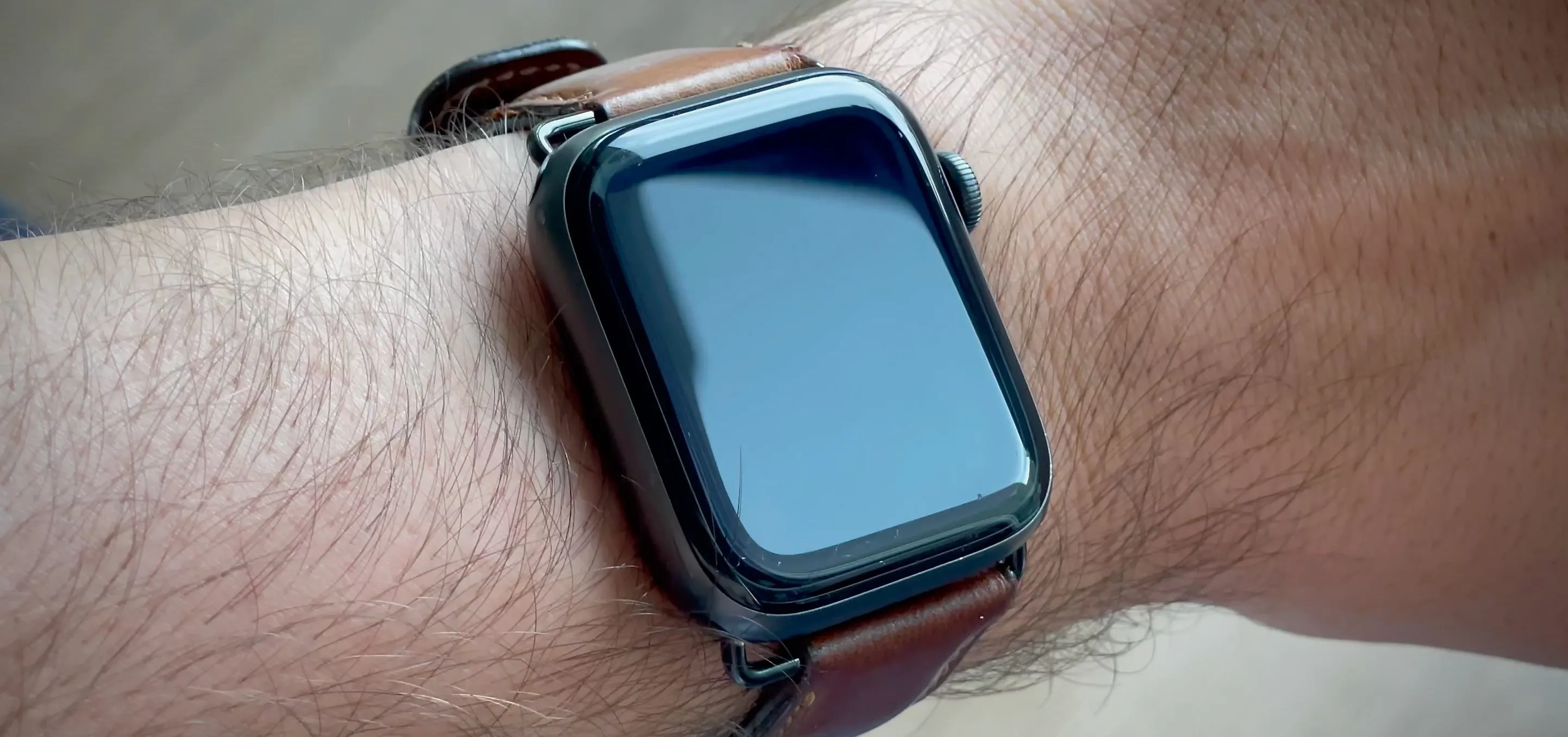
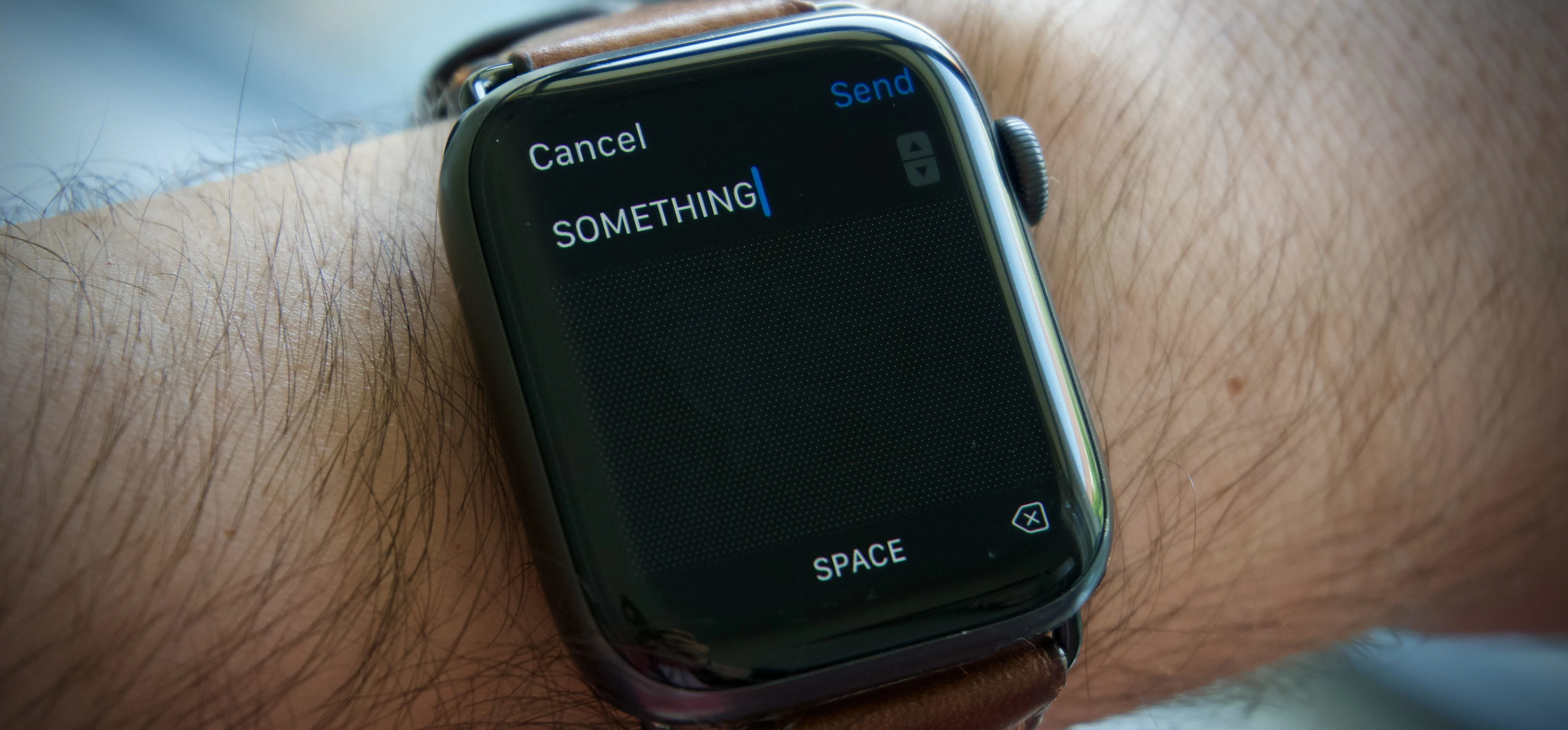
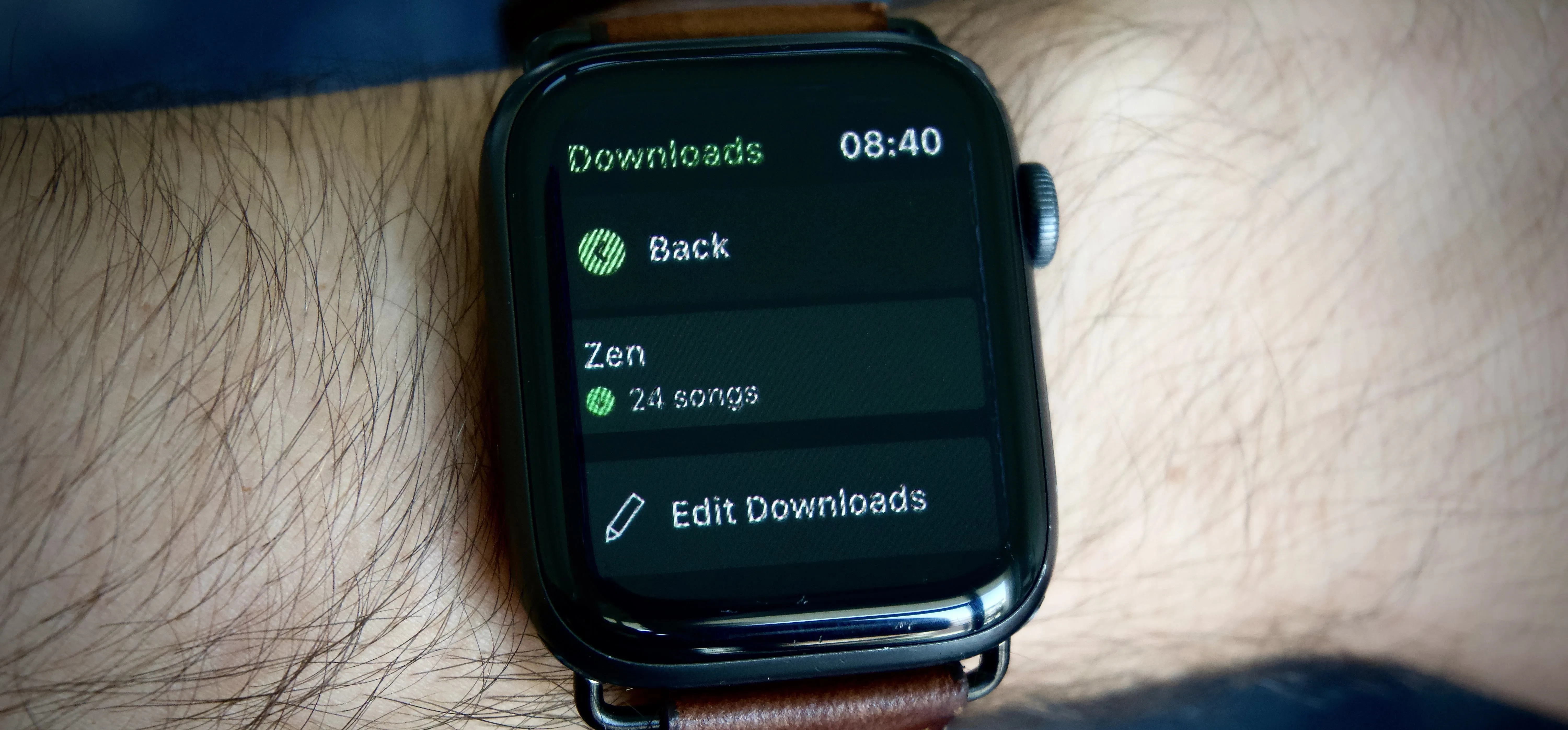
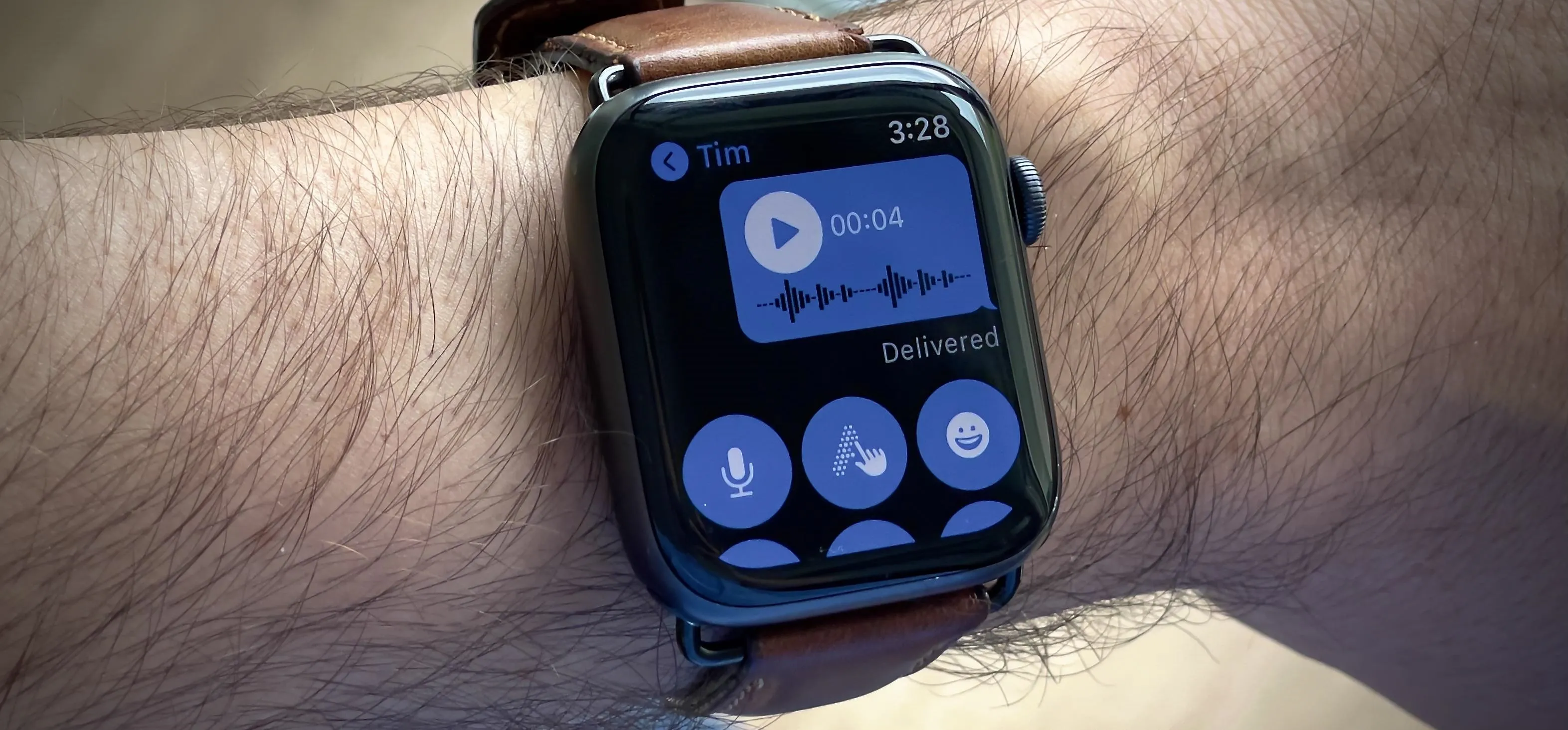
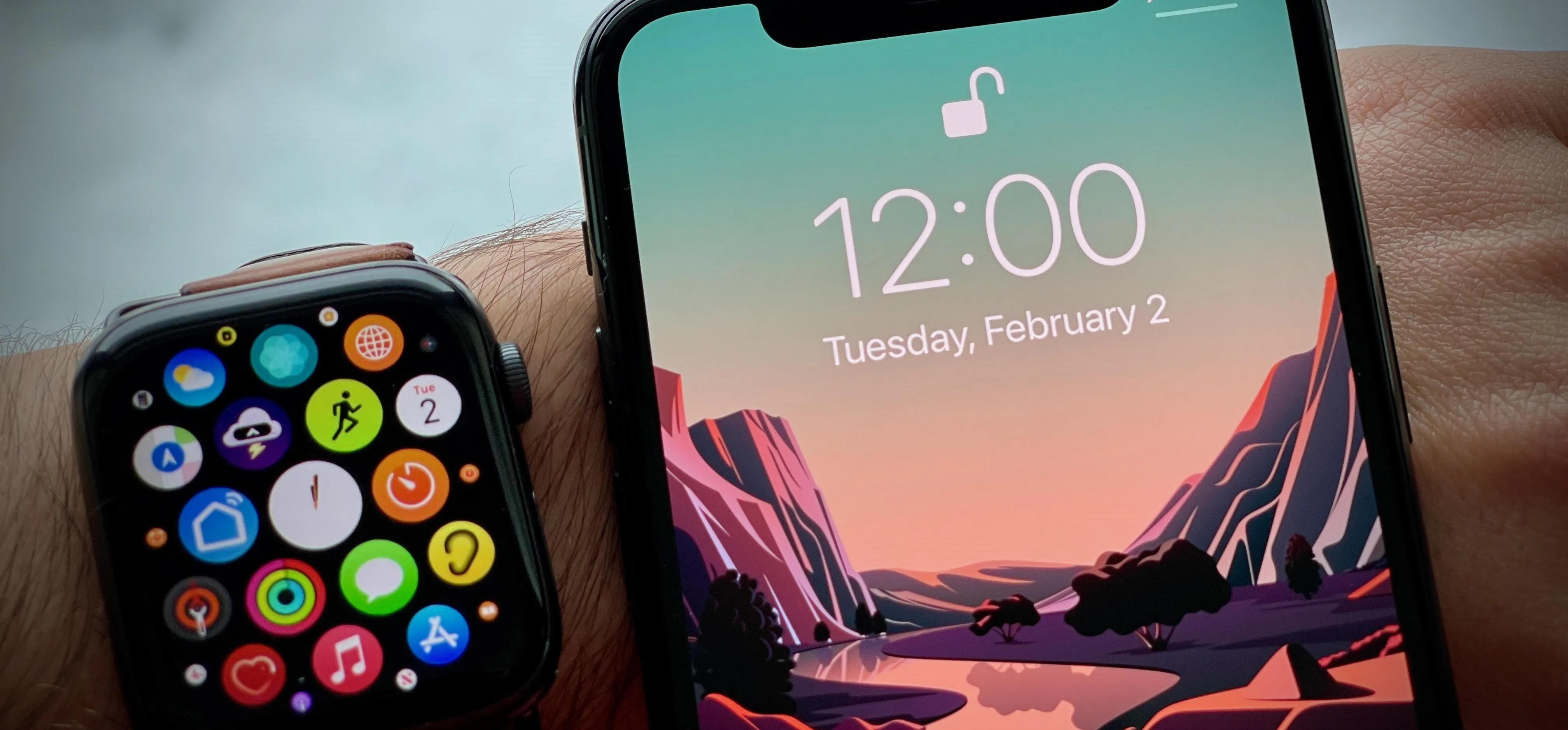
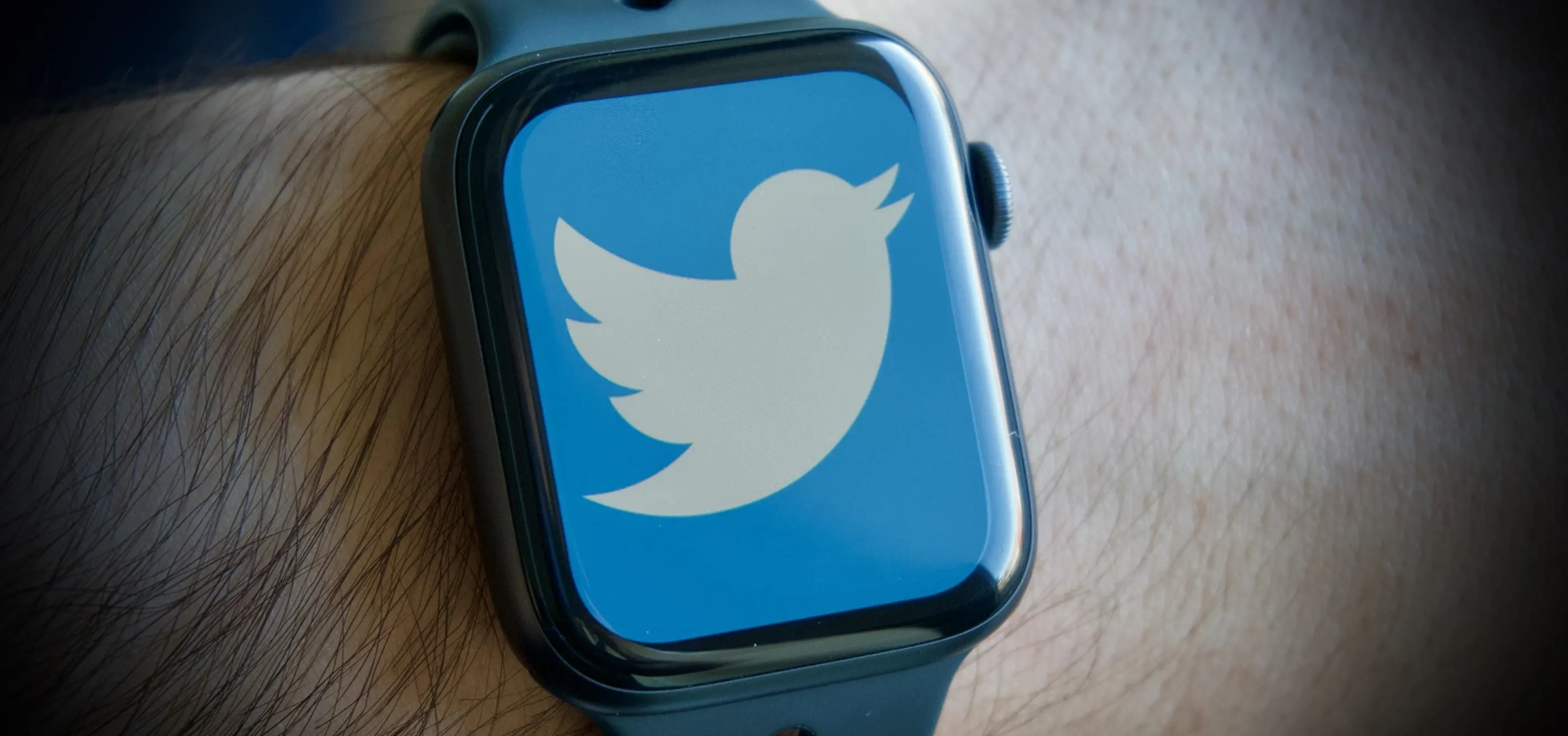
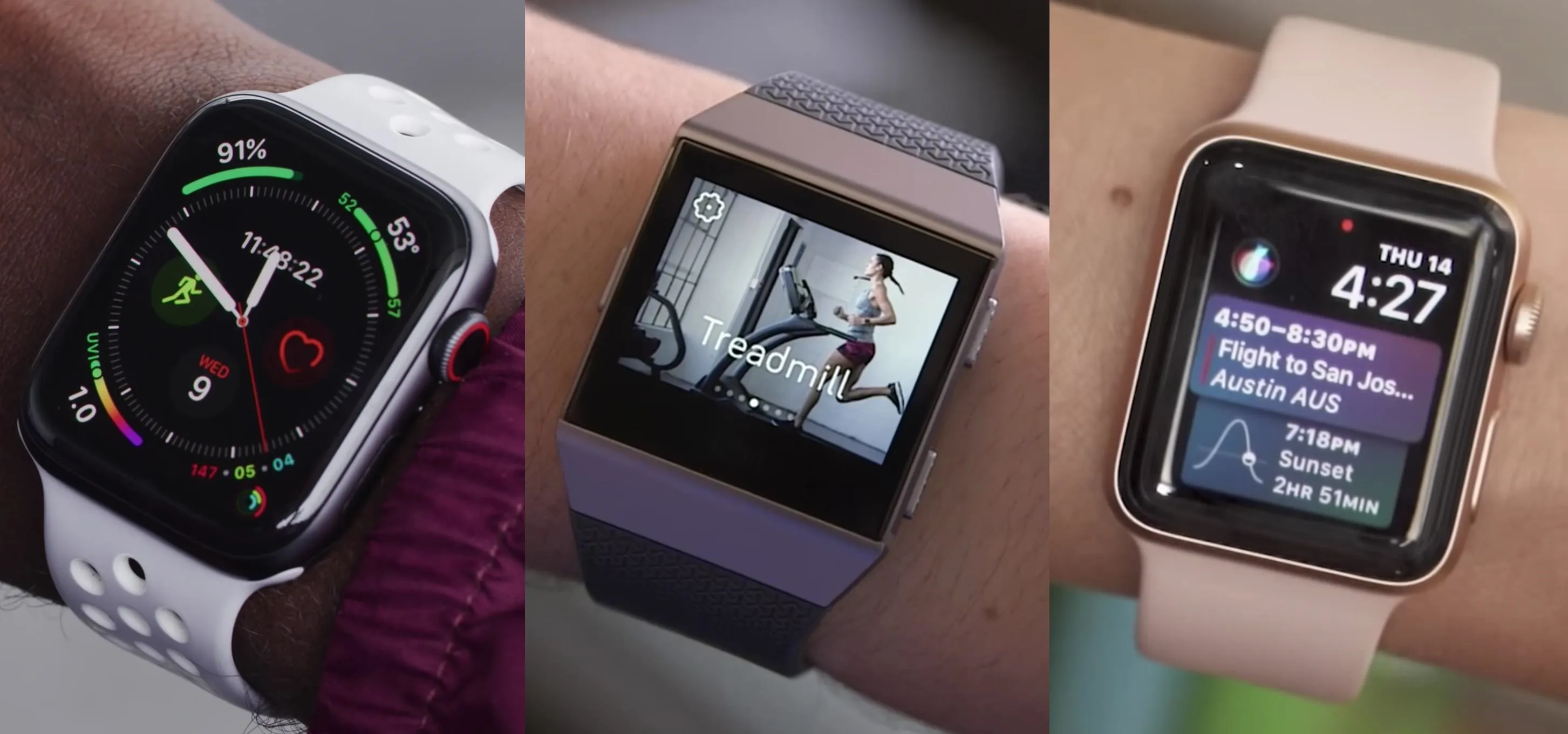

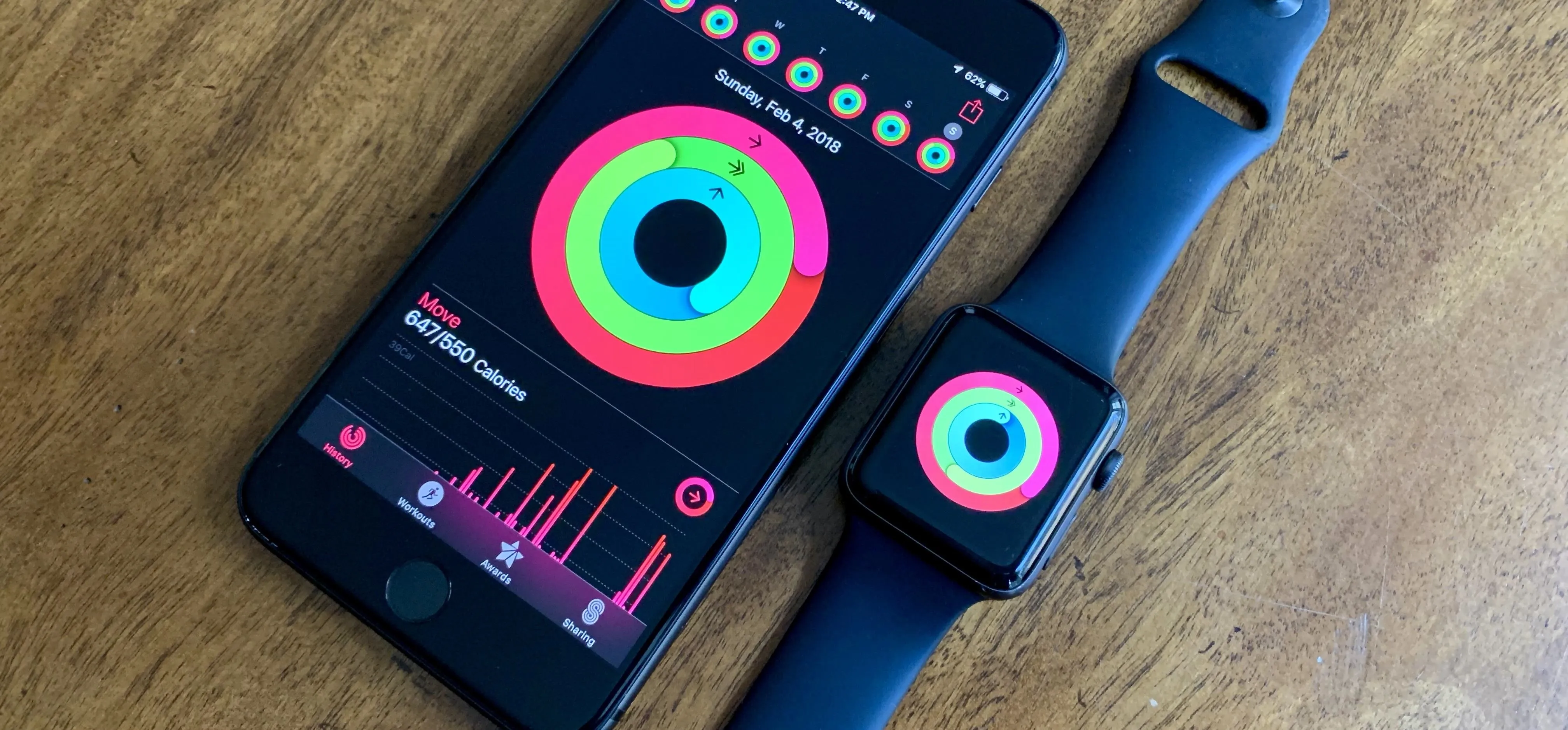
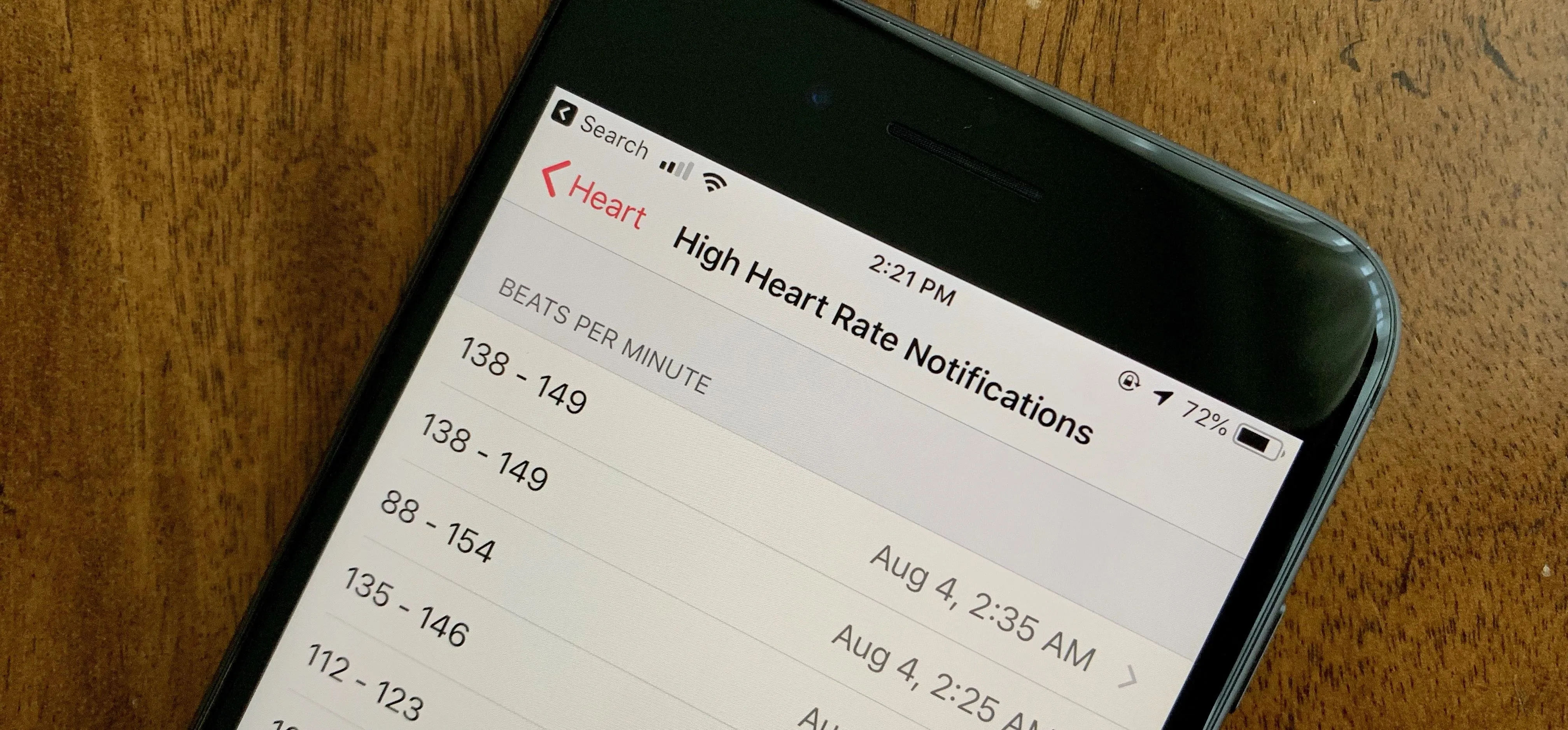
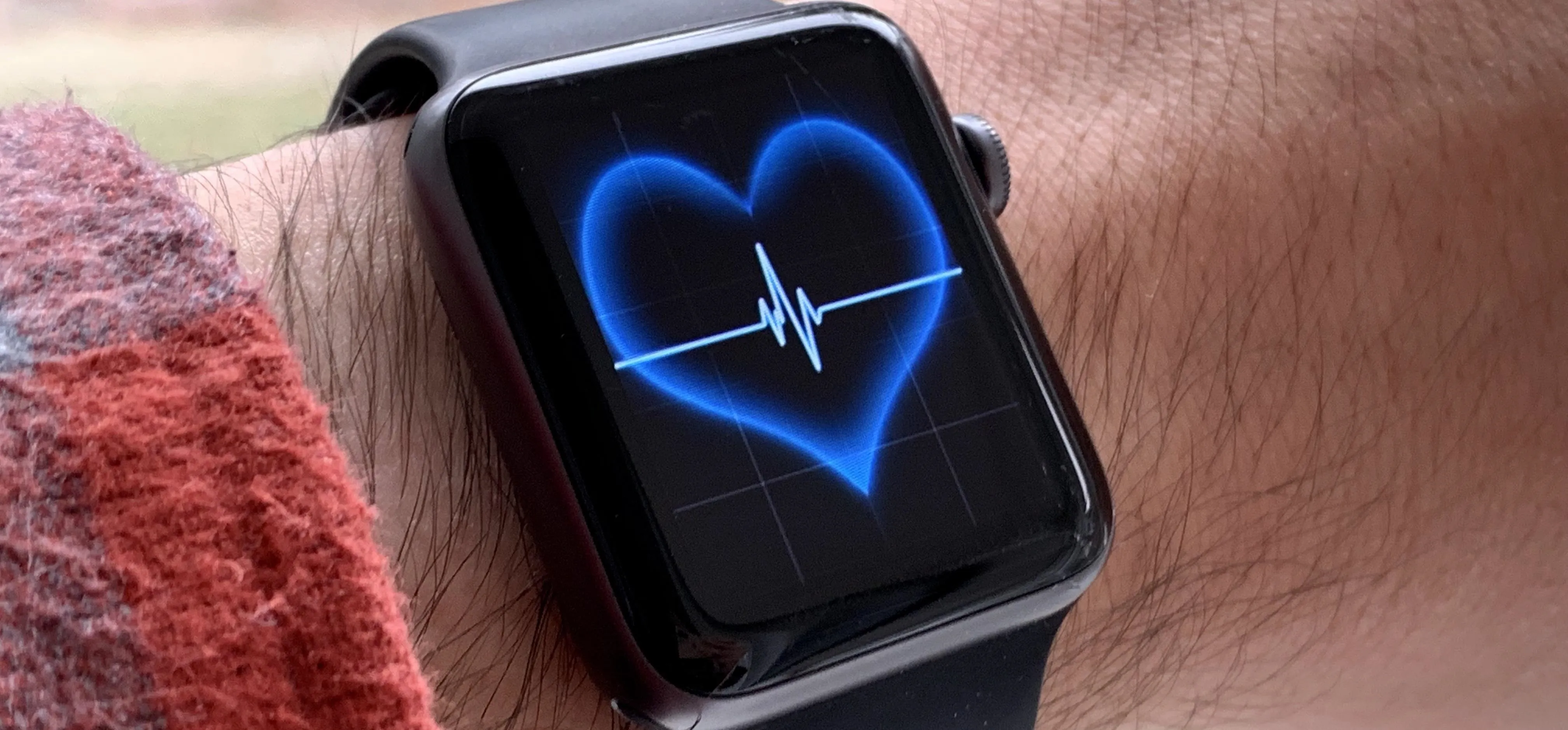
Comments
Be the first, drop a comment!